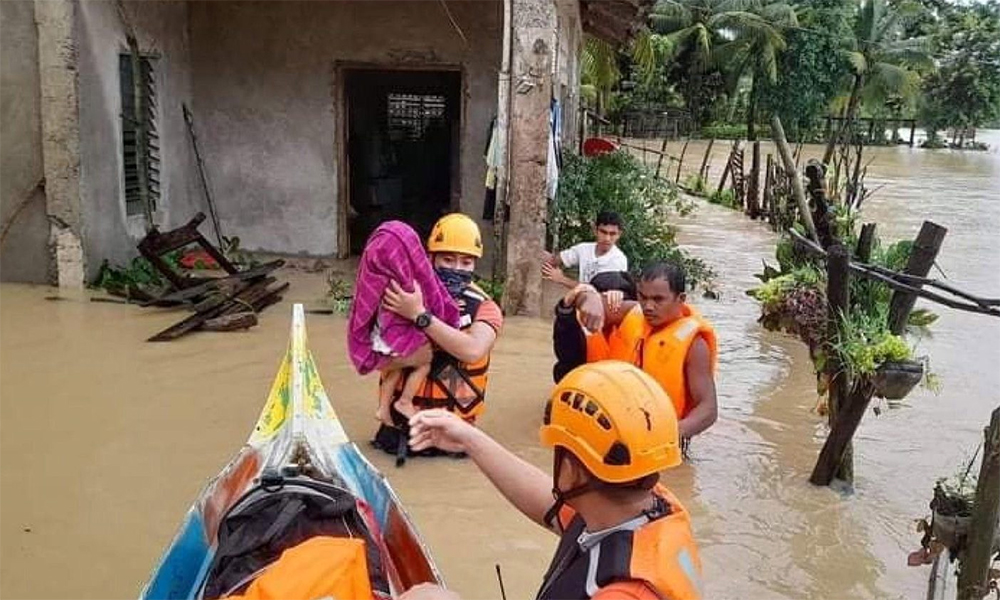Tropical Storm Megi: Rescuers race to find survivors as death toll rises
 NepalPress
NepalPress

At least 53 people have been killed in landslides and floods after Tropical Storm Megi devastated the Philippines, BBC reported.
Rescue crews were still looking for survivors in flooded villages on Wednesday, digging through mud and wading through chest-high water.
However the death toll from Sunday’s natural disaster is only expected to climb, officials say.
Villages around Baybay city in the central Leyte province are worse hit.
There, hillside avalanches and overflowing rivers wiped out homes and buried many people alive. The city’s mayor Jose Carlos Cari told news outlet CNN that at least 47 people in the area had been killed.
In one village, Pilar, about 80% of the houses had been washed out to sea, a government official told news agency AFP.
More than 100,000 people in southern and eastern Philippines islands have been affected by the storm, authorities say.
Many fled their homes to shelters or higher ground on Sunday when the storm, known locally as Agaton, hit the archipelago with winds of up to 65km/h (40mph).
Pictures posted by the Philippines Coast Guard show rescuers carrying the injured on stretchers through chest-high water and ferrying survivors on rafts down flooded streets.
The rescue effort has been hampered by constant rain, although conditions eased on Tuesday.
It was the first such storm of the year – the Philippines typically sees an average of 20 each year.
It was the worst storm to hit the Philippines that year and experts said it had grown stronger far quicker than anticipated.
On Tuesday, a national disaster agency spokesman also said the landslide around Baybay city had extended to areas “outside the danger zone”, reported AFP.
Marissa Miguel Cano, a public information officer in Baybay, told the news agency: “It’s supposed to be the dry season but maybe climate change has upended that.”
Scientists say human-caused climate change has led to a greater intensity and power in tropical storms. The Philippines has experienced some of its most deadly storms since 2006.
It’s been ranked as one of the nations most vulnerable to climate disasters due to its geography.














